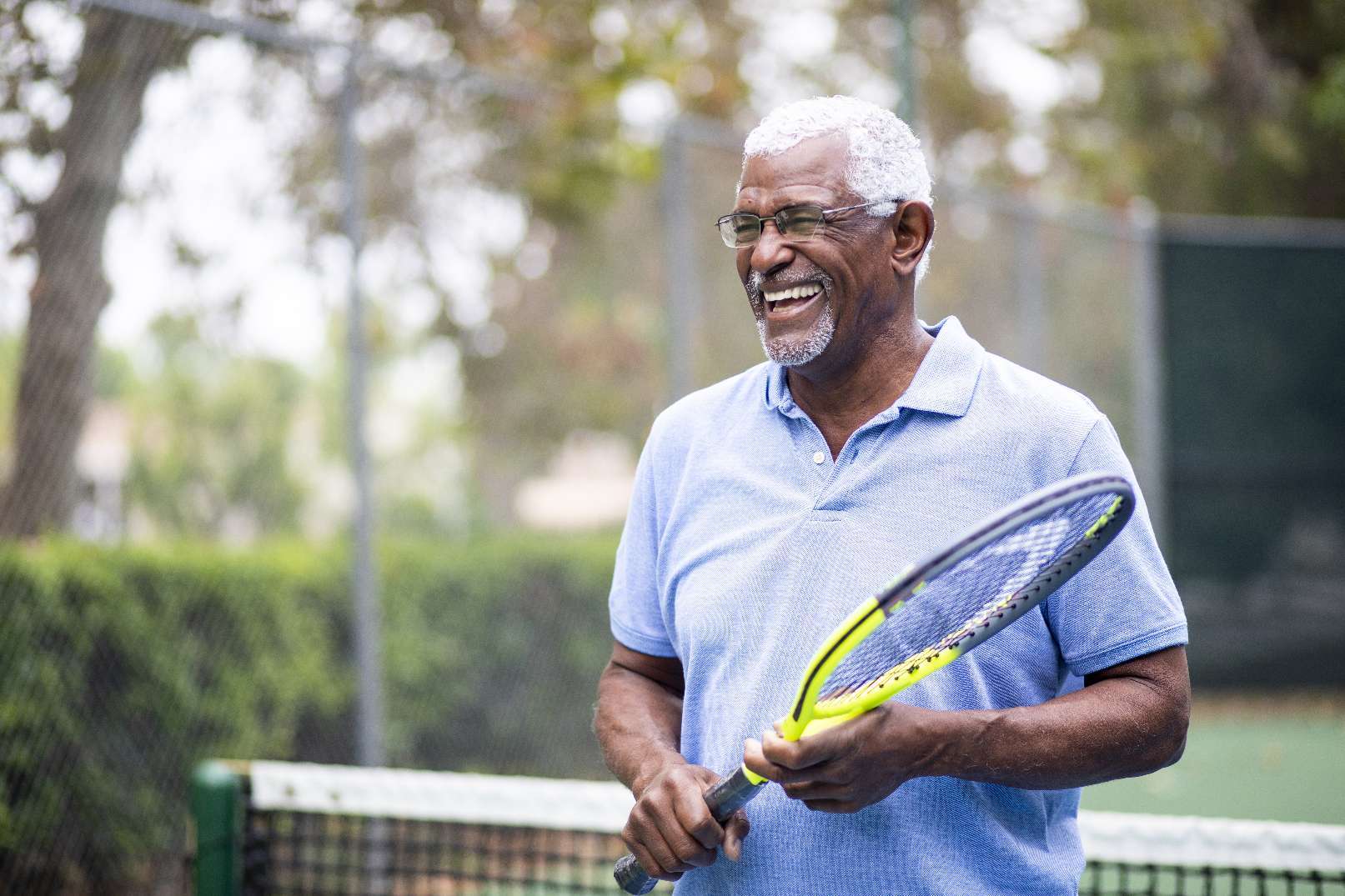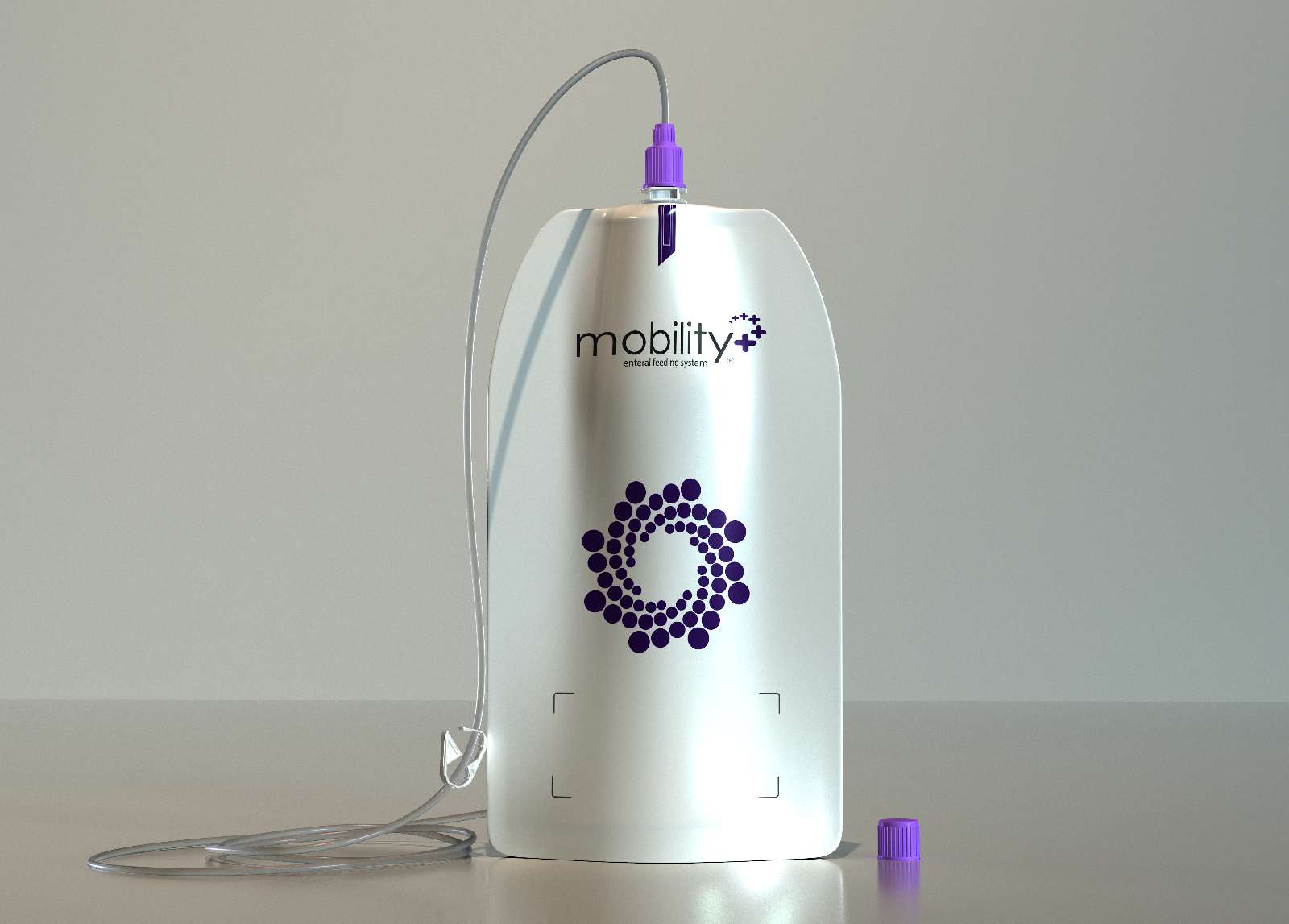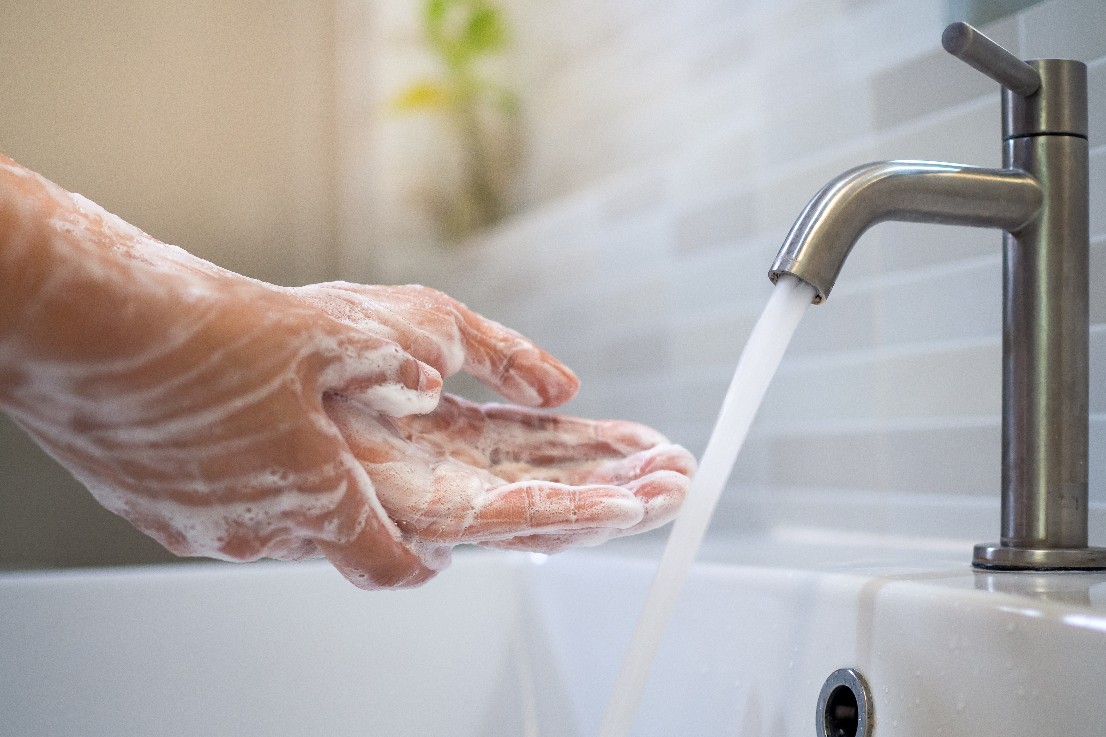Have you ever been told that it’s too risky to exercise with a feeding tube? Maybe you get strange looks at the gym, or you’ve read online that you can’t live an active life after you get a tube placed.

But playing certain sports, going for a run, or working out isn’t impossible with a feeding tube. In fact, your doctor most likely encourages it! There are simply a few precautions you’ll need to take so you can stay safe and sporty at the same time.
Talk with your doctor
- Is it safe for me to work out or to otherwise be physically active?
- Considering my medical history and my health conditions, what types of physical activity are best for me?
- How can I protect and care for my feeding tube during and after exercise?
Consider your overall health
Be flexible
Find the right tools
Protect your stoma
Maintain good hygiene
Nourish and hydrate
Before increasing your level of physical activity, talk with your doctor to make sure you’re cleared to add more movement (whether that looks like formal exercise or not).

Here are some questions it might be helpful to ask:
You know your body best, and your doctor has the medical expertise to back up your personal experience. Together, you can come up with a plan that will work for you.
In many cases, people who have a feeding tube live with other health conditions, too. You’ll want to take any additional health concerns into account before jumping into a new exercise program.

For example, many gastroparesis patients also have a connective tissue disorder called Ehlers Danlos Syndrome (EDS). Experts advise people with EDS to avoid high-impact movement and focus on low-impact strength training to support their joints and lower the risk of injury.
It’s important to take a holistic view of your health so you can support your entire body with the type(s) of physical activity you choose.
No, we aren’t talking about yoga classes (although if your doctor signs off on hitting the mat, go for it!).
Instead, we’re encouraging you to adapt to that “new normal” — figuring out what exercise looks like in life with a feeding tube. Maybe you enjoyed a certain type of workout or played a specific sport before you got your tube. You might not be able to do that activity anymore (contact sports, for example, are very risky because they could rip out your GJ tube or injure your stoma).
Be willing to try new activities that could be a better fit for your body’s current needs. Walking, running, or swimming might be safer alternatives and an equally great way to stay moving. Plus, who knows — you might just discover a new favorite.
Traditional feeding tube pumps can be heavy and clunky. Even with the available options of feeding tube backpacks for adults, it can be difficult to lug around your dinner on your back.

An option like the Mobility+ enteral feeding system is a great alternative to support an active lifestyle while getting the nutrition you need. This enteral feeding pouch can be worn in our custom multi-way bag with specialized ports as a fanny pack, belt bag, or backpack, or in whatever bag you like. It’s lightweight, discreet, and quiet — your workout won’t be interrupted by blaring alarms, and Mobility+ doesn’t need electricity to charge. Instead, your feeds will simply run as you live your life. Mobility+ can handle bolus rates or slow continuous rates depending on what formula you’re on and the length of tubing you use. Just fill it up before your workout and you’ll be good to go. Plus, Mobility+ works in any orientation!
As you exercise, make sure to protect your core and your stoma. Stay away from contact sports (football, basketball, wrestling) that might cause trauma to the area. Your doctor might recommend adding extra security by taping your tube down with gauze and medical tape.

Yoga and Pilates are another area where you’ll want to be cautious. Since these activities directly engage the abdominal muscles, there’s a risk of dislodging your tube or irritating the stoma. Get creative and modify moves where needed to put less pressure on your feeding tube.
Any moisture that stays around your stoma site long-term can lead to skin irritation or potentially even an infection. So every time you finish a workout — or any type of physical activity that produces sweat — make sure to immediately clean your tube site.

You can clean your stoma in the shower or bath with warm, soapy water and a washcloth. If you aren’t taking a shower, simply wash your hands; gently clean the area using a washcloth; and then dry the skin thoroughly.
If you use gauze or a tubie pad, you should also change these on a frequent basis. Your GI nurse can help you with any additional questions about how to clean and maintain your tube site when exercising.
Before increasing your activity level, make sure your feed rate is high enough that you’re getting the level of nutrition your doctor or dietitian recommends.
If you’re going through a period where your GI symptoms are flaring and you need to lower your rate, your doctor may advise taking a break from your usual physical activity. This can feel discouraging — but in the long run, it’s likely best. Trying to work out while your body isn’t getting enough fuel is counterproductive.
Hydration is crucial, too. You’ll probably need to drink extra fluids to replace what you’re losing through sweat and physical activity. If you aren’t able to get enough hydration orally, ask your doctor if you can run an electrolyte solution through your tube when you aren’t running your formula.
Set yourself up for success with Mobility+
Staying active while simultaneously managing tube feeds certainly requires a little advance planning. But the benefits of regularly moving your body are worth it. And your feeding tube shouldn’t hold you back from doing the activities you love.
Make sure you’re prepared with the feeding tube supplies you need to help you thrive in an active lifestyle. The Mobility+ enteral feeding system is an innovative, mobile pump that makes it simple to take your feeds with you no matter what kind of workout you’re doing each day.
Contact us for more information on how Mobility+ can help you stay active and on-the-go.
Frequently asked questions (FAQs)
Can you work out with a feeding tube?
Yes, you can work out with a feeding tube. Start with simple exercises such as walking or running. As your tube site continues to heal, talk to your doctor about whether you can play sports or hit the gym. It’s completely possible to live a full, active life even if you’re on enteral tube feeding.
Can you do sports with a feeding tube?
You can play most sports with a feeding tube. Contact sports — such as basketball, football, or wrestling — are risky because they could dislodge your tube, irritate your tube site, or cause other feeding tube complications.
What can I not do with a feeding tube?
This is a case-by-case question that’s between you and your doctor. However, for most people who have a surgical feeding tube, it’s generally recommended to avoid contact sports or anything that could cause trauma to your tube site.
